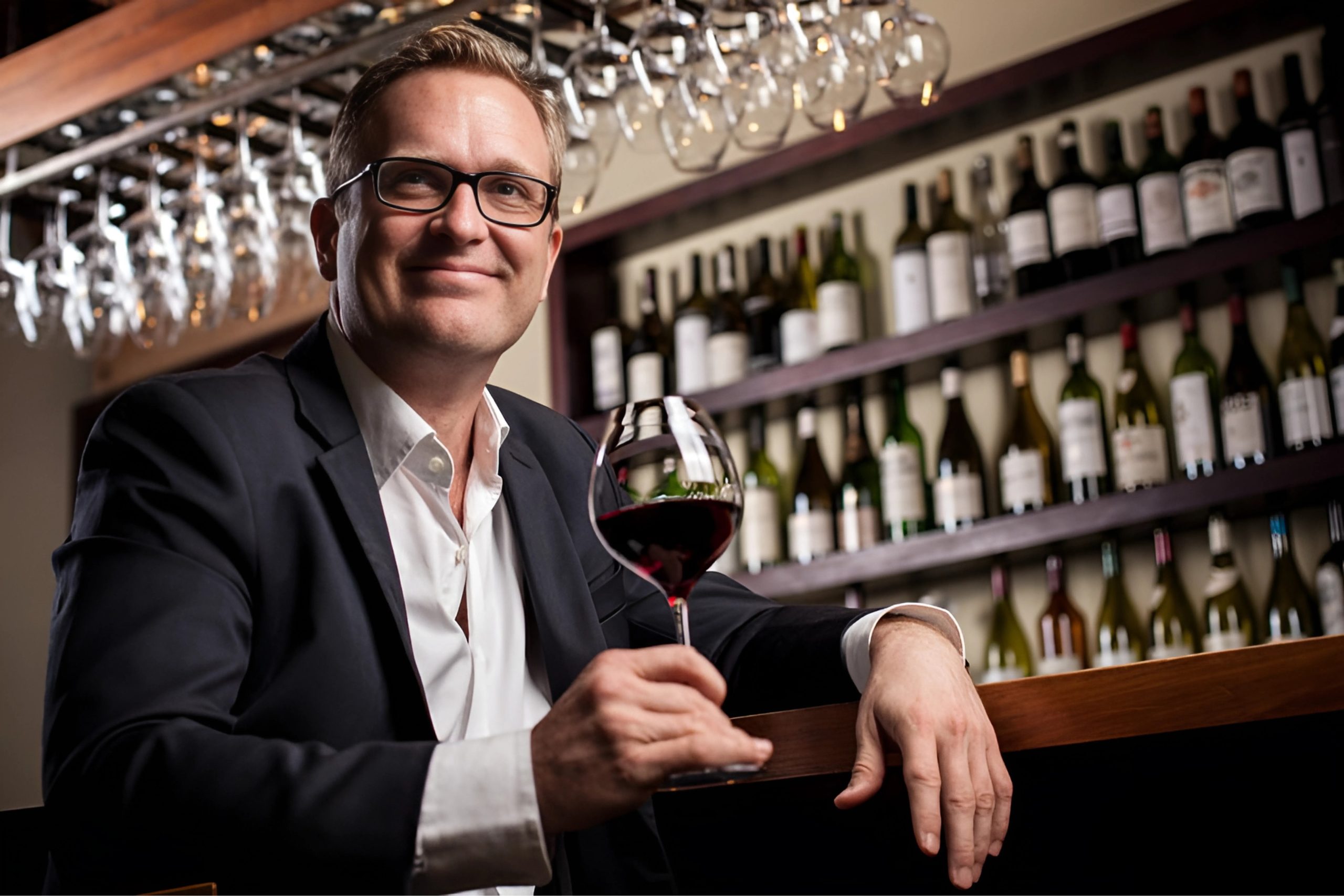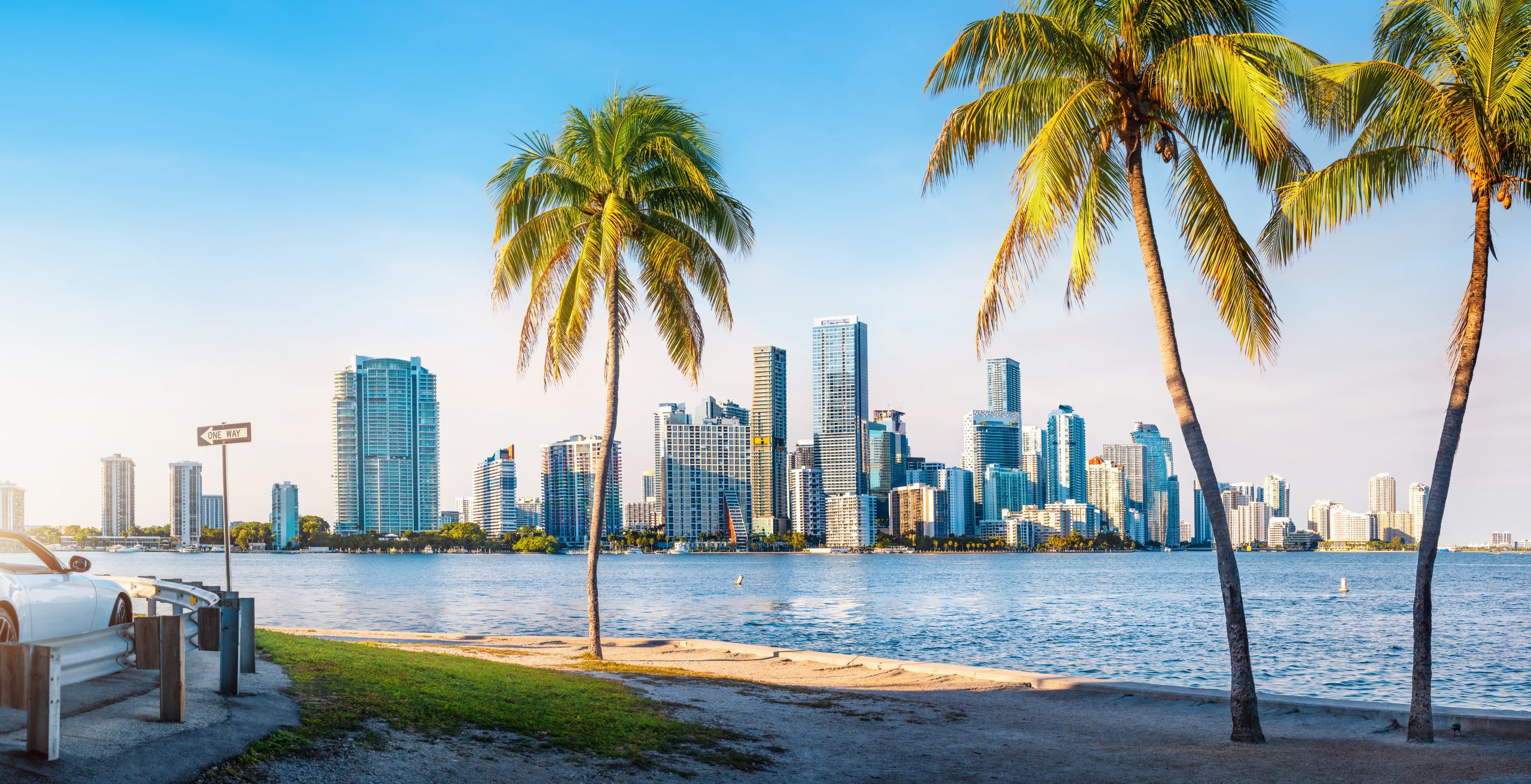Five reasons Washington State should be on your radar
Washington State is the US’s second largest wine growing region, but in UK terms, it has been largely remained under the radar. We sum up five reasons why we think Washington State should be firmly on your radar.
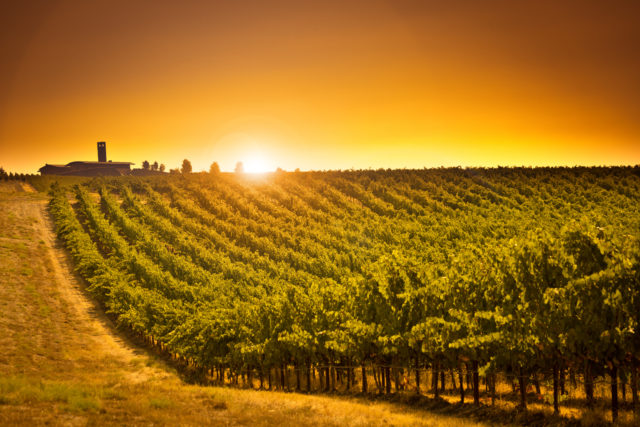
1. Superb price to quality ratio
One of the most obvious reasons for knowing about Washington State is that its wines offer superb price to quality ratio.
Speaking at a recent Washington State masterclass in London, wine writer Jamie Goode noted that this was something Washington does well which California struggles with – “making good quality, inexpensive wines”.
“California makes a lot of inexpensive wines, but they’re not from privileged vineyard sites, they’re from the central valley, whereas Washington State is making a lot of wines in the $8-15 range, from good vineyard sites and the wines have something about them,” he says.
“That’s one of the things about Washington State, it can really deliver at that price point.
Tim Jackson of Amathus Drinks, which imports wines from Powers winery, notes that it is very difficult to get a comparable quality at a similar price from California. “we’re seeing good value from Washington State, which means it is possible to bring a US cabernet to the table at a really good price.”
One reason for this, is that the cost of the land is not as high as it is in California or Sonoma.
As Jackson points out, there is a correlation between the price of the land and the price of wine, but this is a bit of a chicken and egg conundrum – if you can sell $100 wines, the price of your land goes up, however now in some area of California you HAVE to make $100 wines!
In Washington State there hasn’t had this escalation of land prices, although it may happen in due course, although Jackson says it may be to a lesser extent, and Oregon might be first to see this, due to its reputation for Pinot Noir, whereas Washington State is “still feeling its way”, he says.
2. Emerging identity
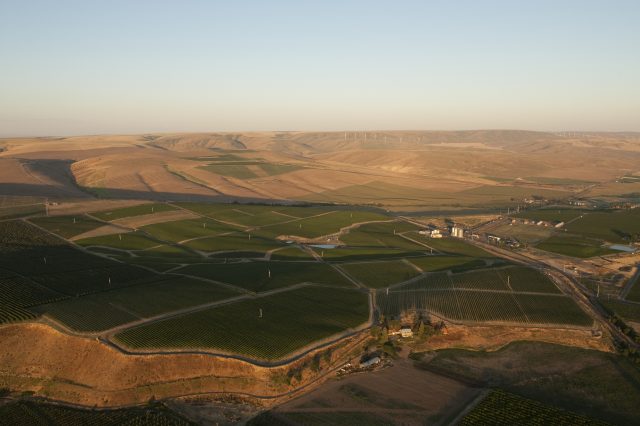
Washington State is still a fairly young wine growing region, with the first commercial vineyards being planted in 1960, followed by the establishment of Columbia Vineyard in 192 an the state’s largest producer Ste Michelle Wine Estates, in 1967. The first AVA was established in 1983, and now numbers 16, and the last 20 years has seen huge growth – from only 100 wineries in 2001 to more than 1,000 in 2019.
Mike Coveney, managing director of Hilltop wine, notes that this process is “a journey”, pointing out that there are still AVA’s being developed, as well as ongoing work on site selection to work out the best place to grow particular varieties.
However he and Tim Jackson of Amanthus Wines agree that the state is now starting to project its own identity. “We’re seeing more consistency of style, more spiciness which makes me think of the volcanic origin,” Jackson points out. “It doesn’t fall into the trap of picking too early, so there’s a nice balance of fruit”
Stylistically, Washington State’s wines sit between the Old World and the New World, Goode argues.
“That is a huge generalisation, but they can have structure, acidity and focus, but also ripe fruits,” he explains.
3. Versatility
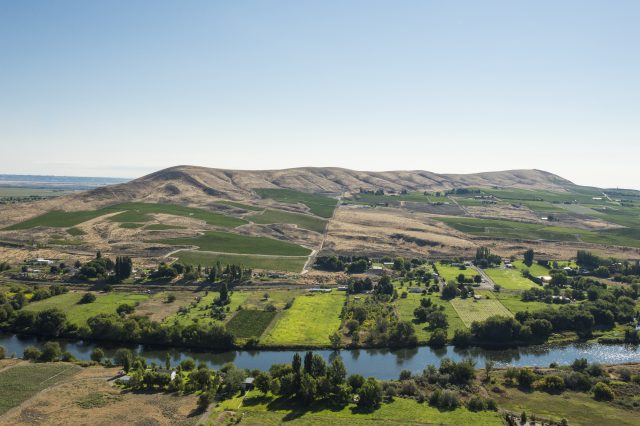
There are around 76 different grape varieties grown in Washington State – and it does many of them superbly well, offering something different to many other region.
In terms of varieties, Cabernet Sauvignon is the most widely planted grape (53,740t), followed by Merlot (30,350t), Sauvignon Blanc, Pinot Gris, Riesling and Chardonnay, along with pockets of everything from Sangiovese to Carignan, Malbec and Cabernet Franc, to Gewürztraminer and Semillon.
Coveney notes that while Washington State is fortunate it grows a lot of varieties very well, and is not a “single success story”, that can be a double edged sword.
However Goode argues that despite the excellent Merlots and Chardonnay’s produced across the region, it is Syrah and Cabernet Sauvignon that are the most interesting grape varieties in the state along with Riesling. “It is something Washington State has really staked it claim on and done very well,” he says, pointing out its stylishness, purity and good balance of a benchmark Riesling from Washington State.
Syrah, he says is an emerging story, which can be characterful with strong bacon and coffee bean aromas, from high altitudes in Walla Walla, to more European style wines that are delicate, fresh, and food friendly, blended with other varieties such as Carignan.
“Syrah has a big future in the state as some very different styles of wines,” he notes.
“It is a very adaptable grape variety, which does well in cool climates and warm climates but finding a place where it has its own imprint, in terms of getting its own character is not all that common. And Washington State is one place where Syrah can do that really well.”
Partner Content
And while Napa may dominate the scene for US Cabernet, Washington State can give it a run for its money, Goode argues.
“A high end cabernet Sauvignon from Napa could start at $100 and gs really high, so to be able to be put a polished cabernet for $60 is very good,” he explains. “It might seem expensive in the context of the UK, but in the US context, it’s not expensive.”
However Washington State can also do premium at a $10-20 price point. he notes, “and produce things than overdeliver for their price points, which is a great strength.”
4. Ideal climate and location for viticulture
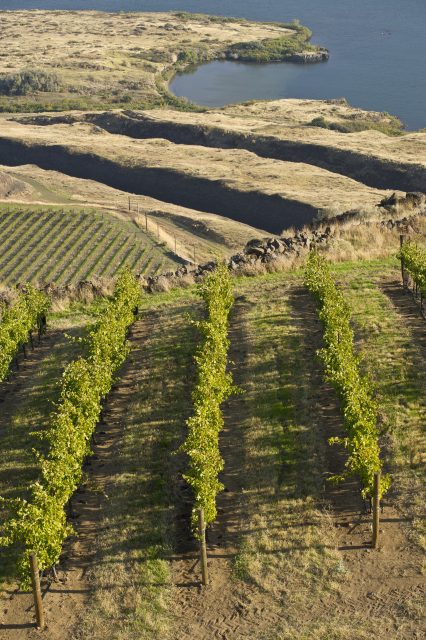
Sitting above Oregon and close to rainy Seattle, the tendency is to think of Washington State as a cold climate, northerly region. However, in reality, Washington State lies plumb in the middle of the 46 parallel – meaning it’s the same latitude as Bordeaux, Burgundy and Italian regions such as Chianti.
As Goode points out this is “a sweet spot” for wine and the latitude means the state benefits from longer days in the crucial summer months and more sunshine. For example Washington’s Horse Heaven Hills AVA is roughly on a par with the Barossa Valley in terms of average growing degree days, while Red Mountain AVA has more than Oakville, California.
“Compared to Napa, you have 55 additional hours of daylight,” Goode points out.
And Washington State benefits from no one but two rain shadows, caused by the Olympic and Cascade Mountains, meaning it is an extremely dry region. Only 6-8 inches of rain fall a year, compared to 40 in Seattle, decreasing the risk of pests and disease, and boosting the hours of sunshine.
It also leads to “extreme” fluctuations between day and night (the diurnal range) which is highly useful, as it ensure that the grapes get cool and rest overnight, boosting their acidity and freshness.
With much of the climatic conditions favouring grape production, what of the terroir?
Although there is obviously some variety across the different, particularly those along the Columbia River, the underlying structure across the whole region is volcanic basalt. However, thousands of years of flooding and winds deposited alluvial deposits from neighbouring Idaho on top of the base has largely resulted in a free draining, nutrient poor soil, which it exactly what is needed for high quality viticulture.
It is the varying depth of the loess, the presence of alluvial pebbles in some areas, calciferous limestone deposits in other, and the proximity of the volcanic ash and the basalt base layer that helps give different character to the wines in Washington State’s AVAs.
5. Increasing availability
Currently, the vast majority of wines from Washington State are sold and consumed in the US, with exports making up only a small percentage of sales. Obviously some of the bigger players, such as Chateau Ste Michelle are sold in the UK, however around 90% of the state’s wineries are small, family-owned businesses. They are increasingly keen push into the UK market and offer something a lttle bit different.
But is the UK consumer ready?
Coveney argues that consumers are familiar with California but are not yet au fait with Washington State, its AVAs, and what it offers.
“The challenge is to find the right produce at the style and price and communicate that to the consumer,” he says.
Communication is also going to be key to highlight the state’s unique proposition “California and Washington State are very different regions, climatically and geographically,” he points out.

